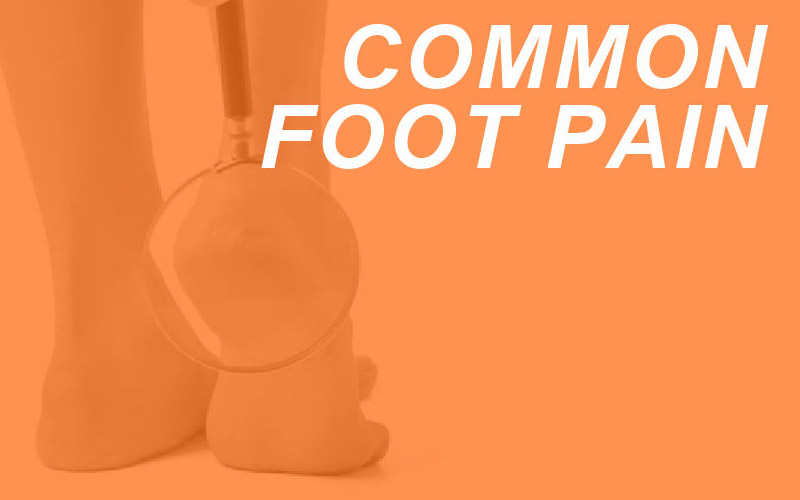Two of the most common injuries to the foot or heel are plantar fasciitis and achilles tendinitis. These two overuse injuries have even more in common– from causation to presentation of symptoms to treatment and prevention. Here, we’ll explore these commonalities as well as the differences which can help to distinguish between the two types of heel and foot pain.
Location and Presentation of Foot Pain
Plantar fasciitis (PF) involves injury to the plantar fascia, which connects the heel bone to the toes. Achilles tendinitis is an overuse injury involving the achilles tendon, which connects the calf muscles to the heel. Since the plantar fascia and achilles tendon both connect to the heel bone, pain can be felt in the same general area when dealing with either injury.
Pain with PF is generally felt on the bottom of the heel, whereas pain with achilles tendinitis is felt on the back of the heel. Additionally, PF pain is typically worse upon waking and improves throughout the day. Alternatively, achilles tendinitis pain may worsen with movement.
Though someone would need to consult a physician for an official diagnosis, these subtle differences can be helpful in distinguishing between the two to get a better idea of the source of the pain.
Causes and Risk Factors
Both plantar fasciitis and achilles tendinitis are chronic injuries caused by overuse. The repetitive stress of sports and activities like walking, running and jumping can result in inflammation of both the plantar fascia and the achilles tendon.
Tightness (or overactivity) in the calves, which is often accompanied by reduced ankle dorsiflexion, is a risk factor for both injuries. More specifically, tightness in the achilles tendon can contribute to tightness in the plantar fascia. One study estimated that 4 out of 5 people with plantar fasciitis also have a tight achilles tendon.
Uniquely, antibiotics in the fluroquinolone family are linked to achilles tendon injuries.
Prevention and Treatment
Because of their similarities and proximity to one another, working to prevent either of these injuries will help to prevent the other.
All of these steps for prevention are important for protecting yourself against both of these injuries:
- Ensure you have proper footwear
- Massage or foam roll the bottoms of the feet and the calves before exercising
- Be mindful of the surface (i.e., jog on synthetic soft track vs the concrete sidewalk)
- Progress slowly with load and demand
Treatment should be recommended by a physician if there is a diagnosis, but as with any injury, rest, ice and elevation are all helpful in recovering.
Learning the subtle differences between the presentation of these injuries may help us to better understand our pain, but understanding the similarities can also serve as a reminder of the connections throughout the body and how taking care of ourselves can help us in more than one way.
References
https://thetrainingroompt.com/9-causes-of-plantar-fasciitis-and-achilles-tendonitis/
https://www.mplsvein.com/blog/heel-pain
https://www.invigormedical.com/lifestyle/healing-plantar-fasciitis-and-achilles-tendonitis/#:~:text=Both%20the%20plantar%20fascia%20and%20the%20Achilles%20tendon,can%20put%20extra%20tension%20on%20the%20plantar%20fascia.
https://www.running-physio.com/achilles-risk-factors/
https://www.sports-health.com/sports-injuries/ankle-and-foot-injuries/plantar-fasciitis-risk-factors#vh_footnotes
https://www.sports-health.com/treatment/ankle-and-foot-injury-treatment/treating-painful-achilles-tendon


